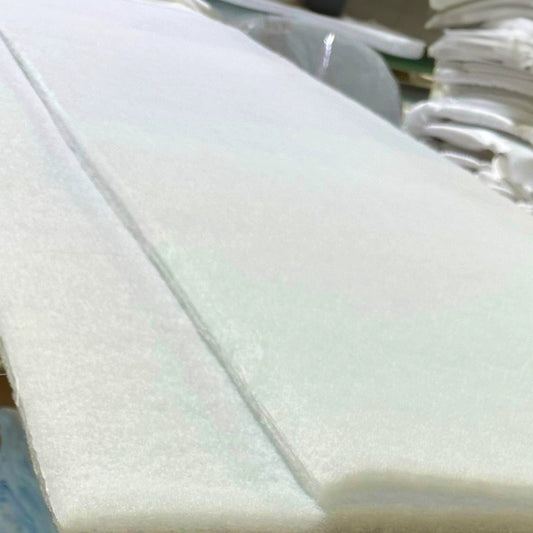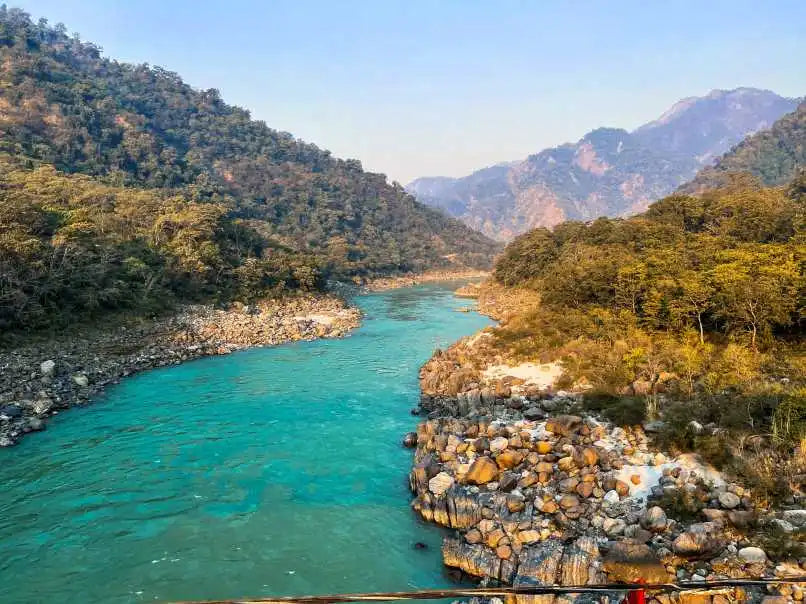Hindu Funeral Process
If you have been invited to a Hindu funeral, you are probably trying to understand the Hindu funeral process so that you can participate respectfully. This article will guide you through the basic elements and expectations of a Hindu funeral ceremony. A Hindu funeral is usually divided into parts including a wake or visitation, a cremation, and some other traditions that take place a fixed amount of time after the person’s death.
Hindu Funeral
According to Hindu tradition, the funeral should take place as soon as possible after the death, preferably within 24 hours. For this reason, embalming is uncommon in Hindu funerals, though it is not forbidden. It is believed that the body could be holding the soul back from release, and this is the reason why you are expected to hold the funeral speedily if you are a Hindu. This initial funeral can be considered the equivalent of a viewing or visitation, but it often takes place at the deceased’s home itself.
Some customs that are a part of Hindu funerals include
- Surrounding the body with flowers
- Performing prayer rituals under the guidance of a priest
- Wrapping the body in a white sheet
- Chanting of mantras either by priests or via recordings
Hindu Cremation
Hindus generally opt for cremation because Hinduism dictates that a dead body should be cremated to enable the soul to escape it faster. The body of the deceased is covered with a white sheet and carried to the cremation site on a hearse, a vehicle used for transporting the body.
The ceremony, also known as ‘mukhagni’, usually does not take more than half an hour, but there are customs that need to be observed by the deceased's family for almost two weeks post the death. Although historically, only men were allowed to attend the ‘mukhagni ceremony’, this is no longer the case in modern Hindu funerals. After returning home from the ceremony, all funeral attendees and family members are expected to bathe and wear fresh clothing. This is followed by a meal together and sometimes by a priest performing rites. This part of the Hindu funeral process can be considered a type of reception.
Traditionally cremations would take place on the riverside of the Ganges and the ashes would be scattered into the river afterward. However, for Hindus living far away it is now perfectly acceptable to cremate the body locally and some funeral homes even arrange to send the ashes to the Ganges to be submerged, or to use an accepted substitute river. It has also become increasingly common for the bereaved to keep the ashes with them as opposed to submerging them.
Shraddha
Shraddha is a ceremony to help the deceased's soul transcend into the next world. This ceremony usually takes place between 10 and 13 days post the date of the death, as this is considered a mourning period. The deceased's family is also restricted from entering temples or other places of worship during this time, but they can resume normal activities once the mourning period has ended and the Shraddha ceremony has been completed.
As part of the rituals entailed by the Shraddha ceremony, Brahman priests are invited for a meal and often paid some fees as a form of donation. Rice balls known as ‘pindas’ are also placed around the departed's body as an offering to their soul. Lastly, the first anniversary of the death is also commemorated by a feast attended by all the bereaved.
Hindu Funeral Etiquette
Contrary to the etiquette at most Christian funerals, it is expected that all attendees at a Hindu funeral be dressed solely in white. Additionally, you must dress conservatively so as not to offend the bereaved. You are usually not expected to bring along flowers to the ceremonies, though you can give them to the family beforehand as a gesture of condolence. The funeral is meant to be a somber event and basic decorum applies similarly to most other funerals.

![Upgrade to Premium Weight [18-gauge steel]](http://titancasket.com/cdn/shop/products/casketthicknesswithnumbers.png?v=1680642906&width=533)



